Help
De-enveloping Messages
Help menu
- Help content
- AS2
- Examples and Tutorials
- IO Queues and Forms
- Maps
- Schemas
- Send and Receive Ports
- Send and Receive Ports / Transports
- Servers
- Static Configuration
- Tracking
- Workflows
- Workflows / Workflow Activities
- Call Web Service Direct Activity
- Compensatable Sequence Activity
- Compensatable Transaction Scope Activity
- Compensate Activity
- Conditioned Activity Group
- Database Activity
- Delay Activity
- Event Handling Scope Activity
- Event Driven Activity
- Expression Activity
- Fault Handler Activity
- If Else Activity
- Increment Activity
- Invoke Web Service Activity
- Invoke Blue Integrator Workflow Activity
- Invoke Workflow Activity
- Listen Activity
- Map Activity
- Parallel Activity
- Policy Activity
- Send Receive Port Response Activity
- Replicator Activity
- Send Receive Port Response Activity
- Send Port Message Activity
- Sequence Activity
- Suspend Activity
- Synchronization Scope Activity
- Transaction Scope Activity
- While Activity
A Receive Port can de-envelope. Consider the following scenario:
You have a simple schema (called Schema1) relating to a customer account, of the form
<Account Number=”12345678″ Balance=”100.00″/>
An application delivers customer account details in batch, in the following form (called Schema2):
<ExportData>
<Accounts>
<Account Number="12345678" Balance="100.00"/>
<Account Number="23456789" Balance="-100.00"/>
<Account Number="34567890" Balance="50.00"/>
...
</Accounts>
</ExportData>You can access individual account records by de-enveloping the message received at the Receive Port. To do this, on the General tab of the Receive Port Configuration Form, specify Schema1 as the Receive Port schema, and Schema2 as the Envelope schema. Blue Integrator will automatically locate the Account records, and break each Schema2 document into multiple Schema1 documents.

